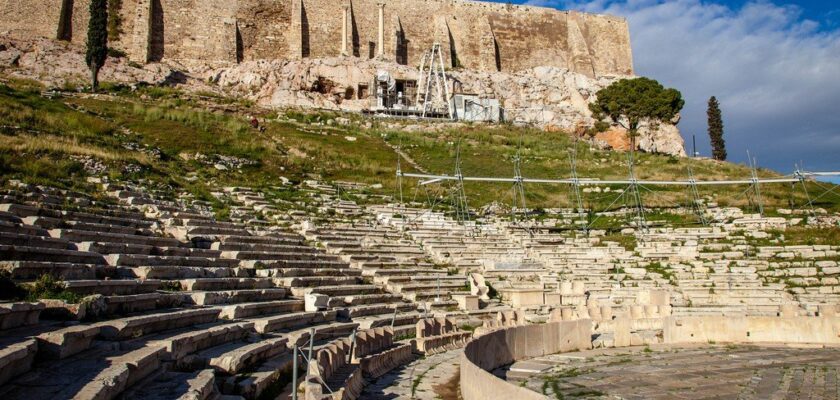Theatre of Dionysus Eleuthereus
The Theatre of Dionysus, located on the hill of the Acropolis, is one of the world’s oldest theaters. It was here that the works of the greatest representatives of ancient Greek literature and drama were first presented to the audience: Aeschylus, Sophocles, Euripides, Aristophanes. The ancient theater of Dionysus could accommodate more than 17 thousand spectators, 20 rows of 64.
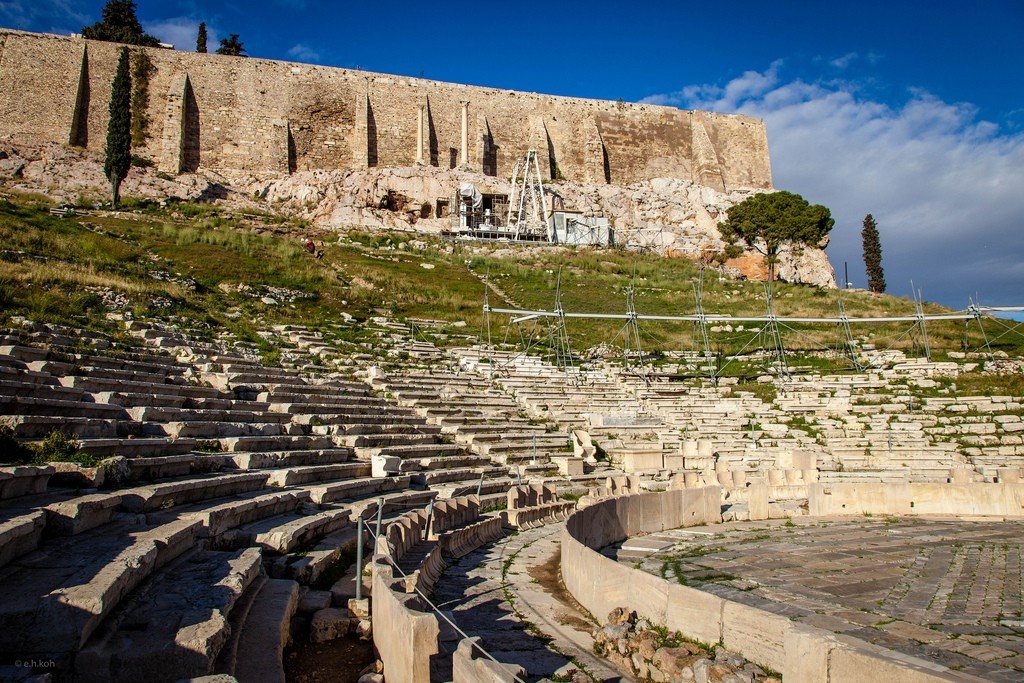
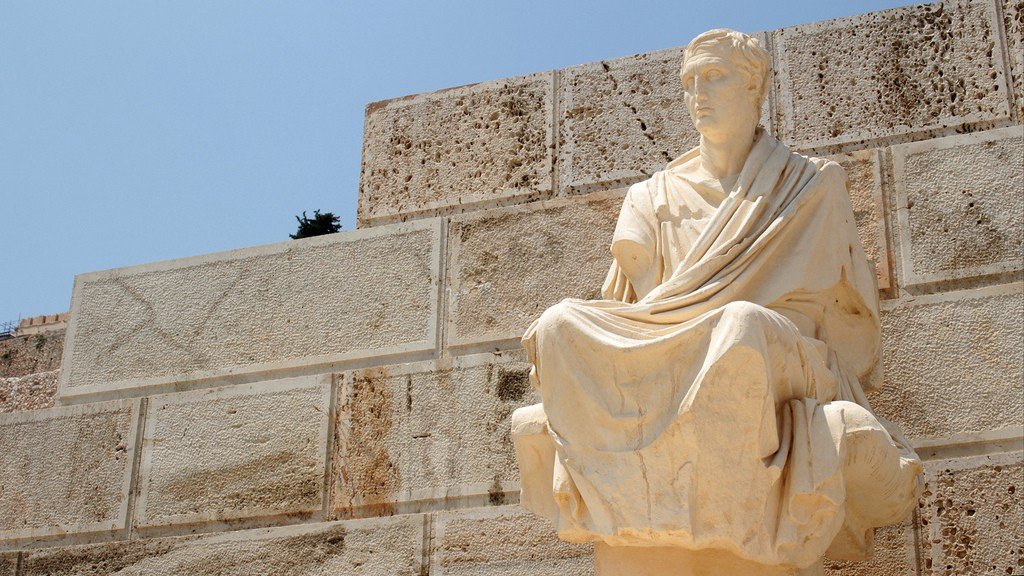

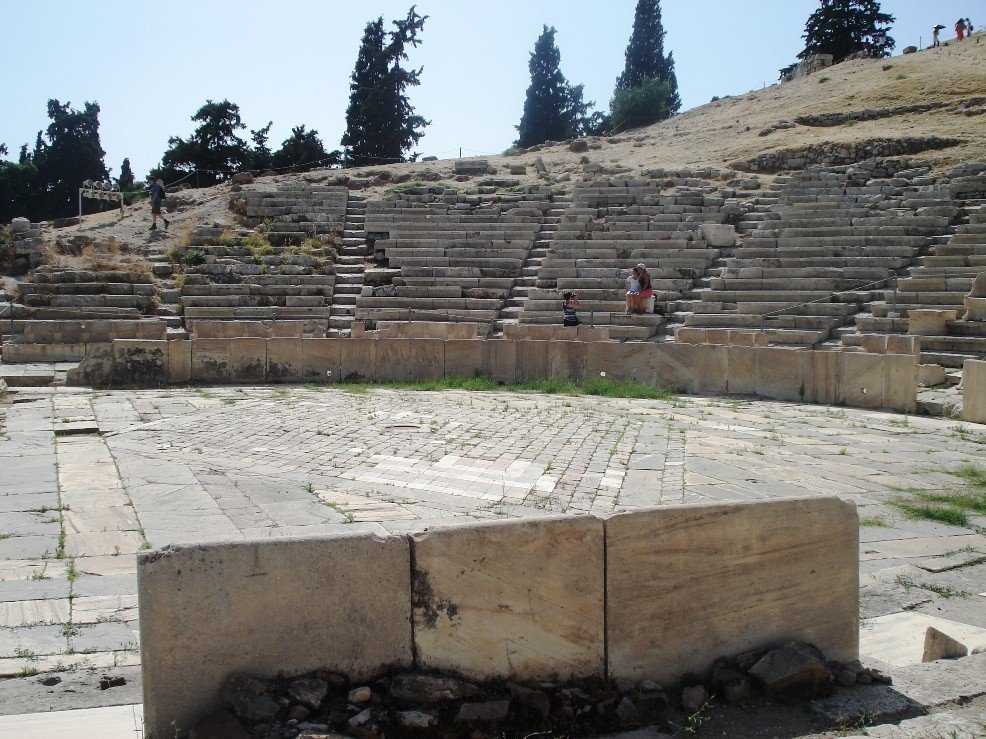
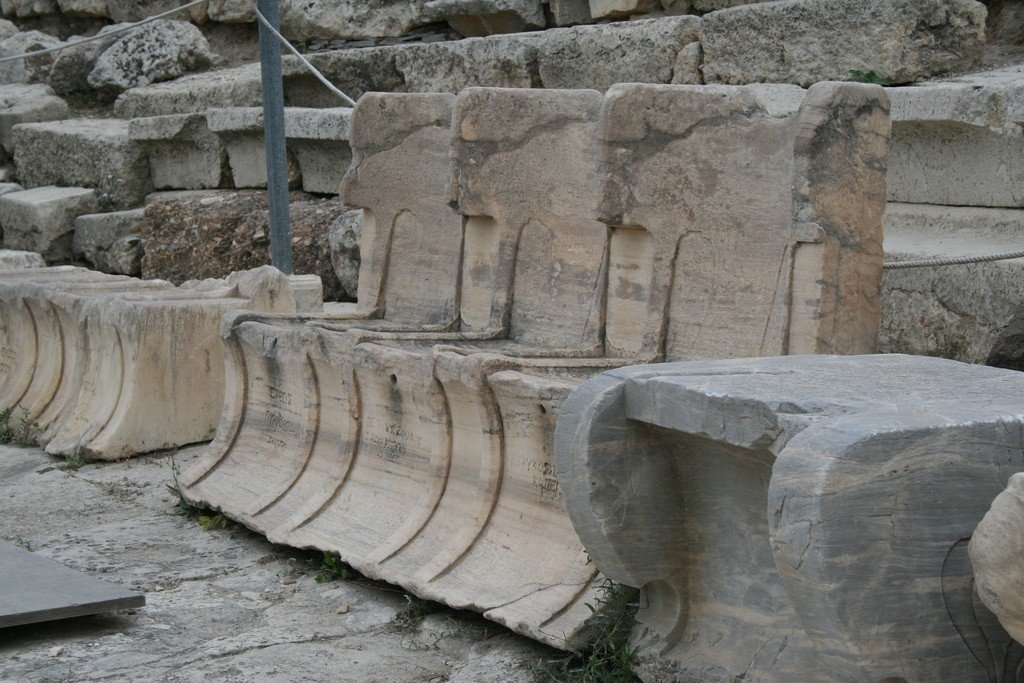
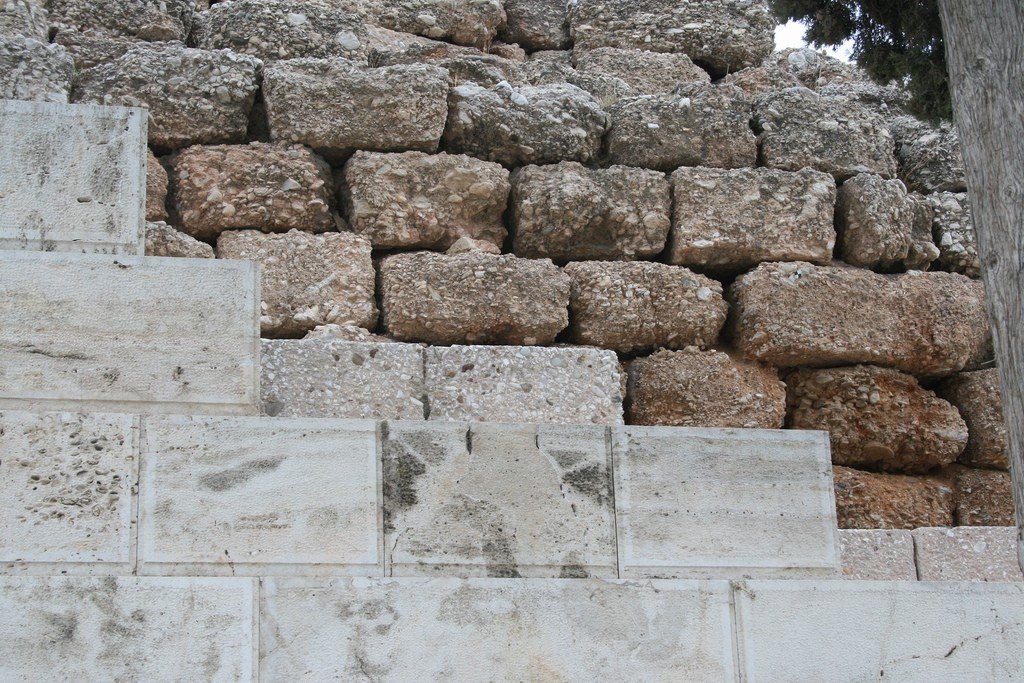
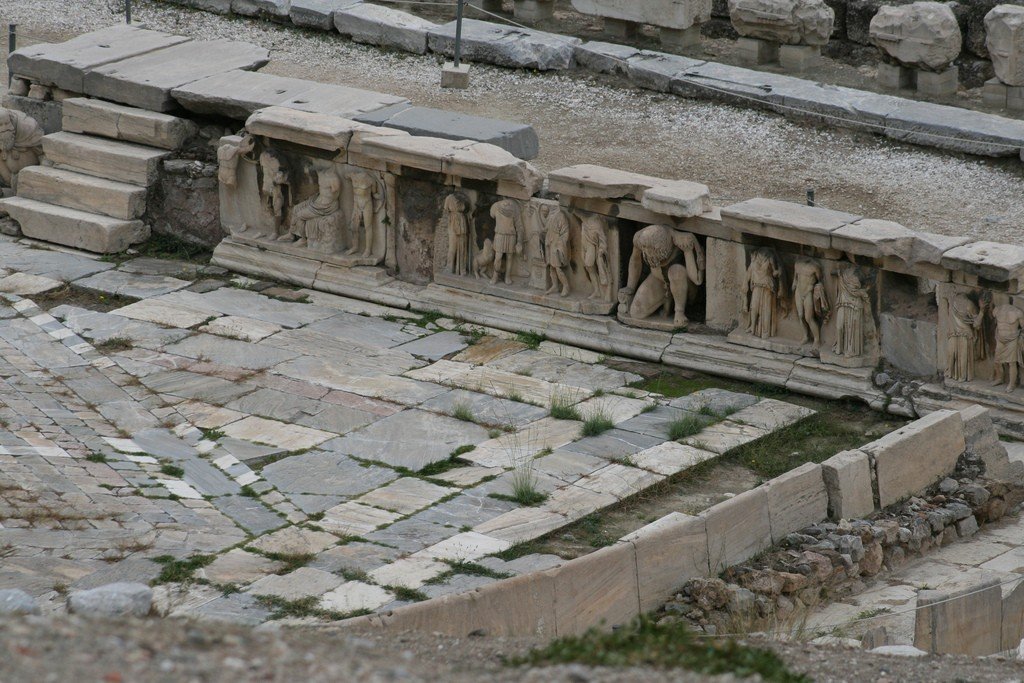
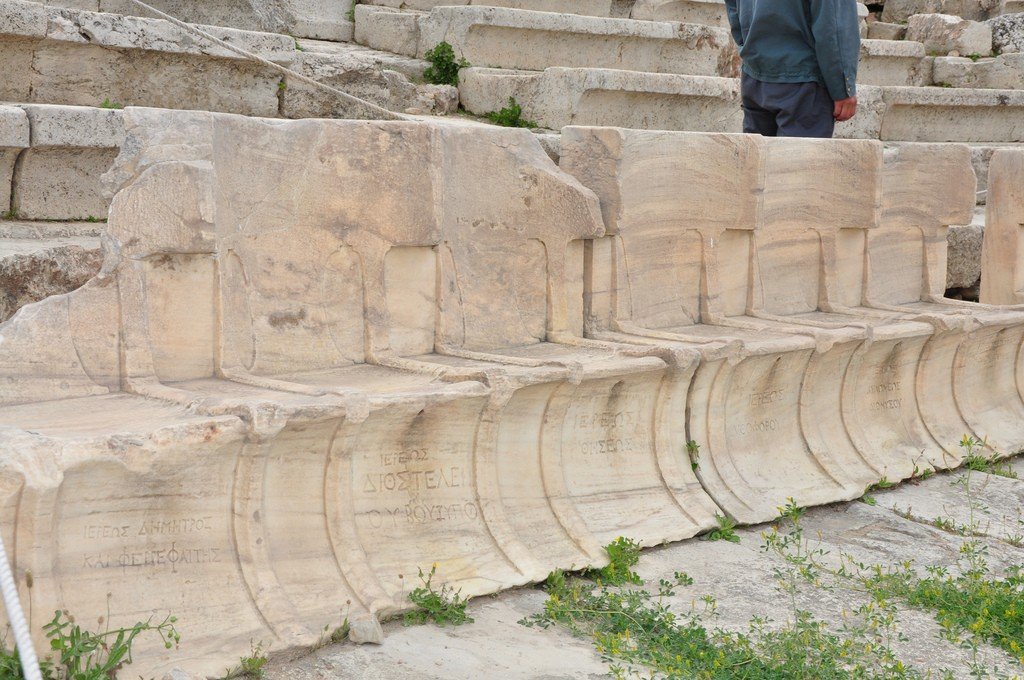
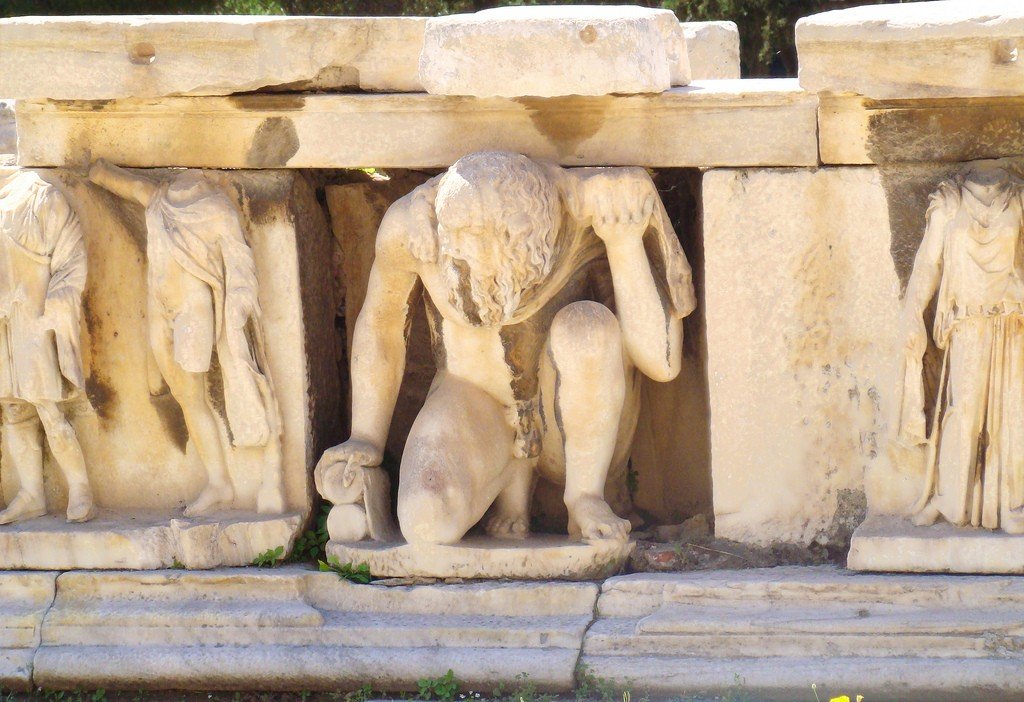
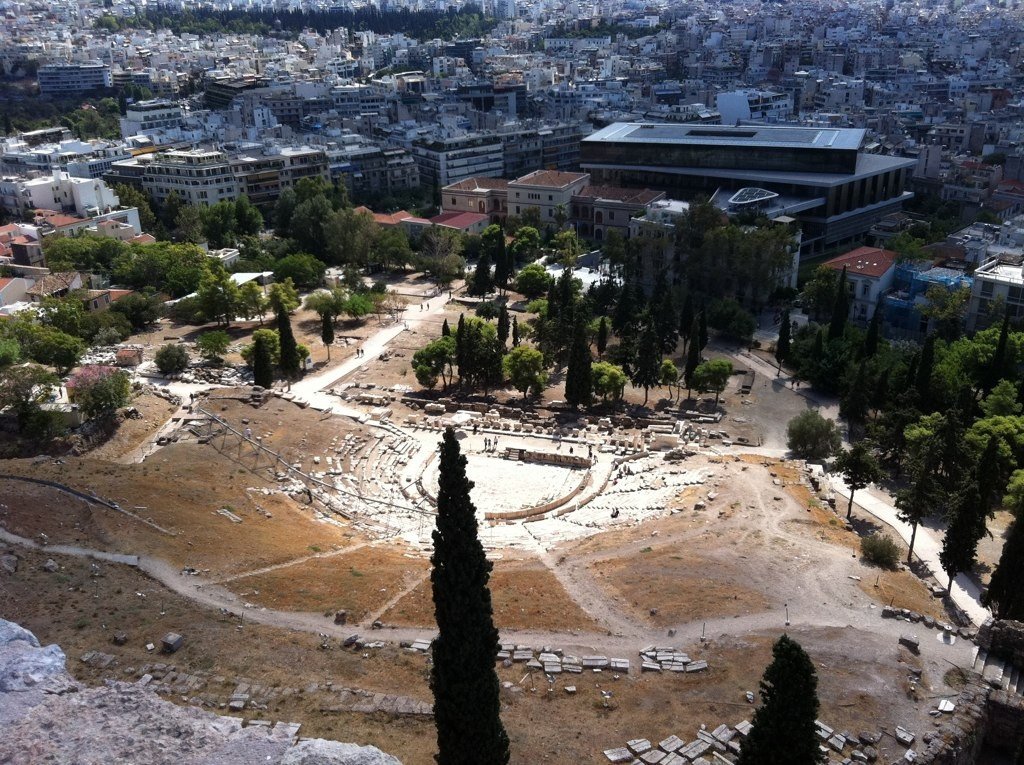
Highlights
The theater is dedicated to the ancient Greek god Dionysus, the patron saint of winemaking and merriment, in whose honor Dionysia was staged. The fact is that the cult of this or that god in ancient Greece involved solemn processions and sacrifices in front of the main temple of the deity and festive events – sports competitions and sketches on themes from the lives of gods and heroes. These performances gave rise to theatrical productions, which gradually gained popularity and became an art form in their own right.
In the theater of Dionysus, the first tragedies and comedies were first shown, and the tradition of theatrical makeup, costumes and masks was started. By the way, both male and female roles in the theater were always performed by men, and in order for them to be clearly visible from the last rows of the amphitheater, they wore koturna – special sandals on a high platform.
.
During the period of Dionysia (theatrical performances), the inhabitants of Athens did not work, they gathered in the theater to watch the spectacle. By the way, if the public didn’t like a play or performance, they could whistle the actors and demand another production. Democracy, in a word!
.History
The ancient Greek Dionysus Theater was built in the 4th century B.C. on the site of temples dedicated to Dionysus, the god of winemaking, whence the name of the theater.
The Dionysus Theater was built in the 4th century B.C. on the site of temples dedicated to Dionysus, the god of wine making.
Plays in the theater of Dionysus were given twice a year, on holidays in honor of Dionysus: Small (or Rural) Dionysia (December – January) and Great (or urban) Dionysia (March – April). The plays had the character of a competition. At first, playwrights and choregists competed, and from the second half of the V century B.C. actors who performed the first roles (protagonists) also competed. Also, the authors of comedies competed, who staged one play each.
The preparation for the dramatic competitions was very long and was entrusted to the members of the college of archons. A month after the end of the Great Dionysia, ten choregs, one from each phylum, were chosen for the dithyrambic contests. And in July, after the annual re-election of the college of archons, the archon-eponym appointed three choregs for tragedies and three for comedies. Choregs could be only very wealthy people, as all the costs of staging performances were at their expense. But the generosity of the choreg was noted in the people’s honorary resolutions.
.
From the moment of appointment for the choreg came a very troublesome time. He had to compose the future chorus – to choose 14 to 15 people for tragedies, and 24 to 25 people for comedies. All choristers had to make costumes – sometimes very expensive, embroidered with gold, as well as wreaths, masks and other decorations. In addition, extras were also needed to make the performance more lavish and brilliant. They, too, had to be paid by the choreg. In addition, the choregs lured from each other the professional singers who already existed in Athens, raising their rates. All of this cost a considerable amount of money.
All censorship and preliminary criticism in Athens was carried out by the archon. Poets handed him their works and asked him to give them a chorus. He selected those which seemed to him more worthy, and entered the names of the authors in the lists of the agon. There were no restrictions on the poet. He could be anyone, a mathematician, a philosopher, he could even be an immature young man.
.
At that time, the writings of the four great Greek representatives of dramaturgy – Aeschylus, Sophocles, Euripides and Aristophanes – were first presented here. Sophocles’ popularity was so great that when he died during the Peloponnesian War, the leader of the Lacedaemonians allowed the citizens of besieged Athens to bury the poet with proper honors. Besides these chief representatives of the dramatis personae of the authors there were many more.
.
From early morning thousands of spectators gathered at the theater. Even the poor came to see the plays. The state gave the poor a special subsidy – feorikon, which gave everyone the opportunity to pay for their seat. Cheerful, dressed up, with wreaths on their heads, Athenians surrounded a dense noisy crowd at the entrance to the theater. Everyone had a lead stamp in his hand with the designation of the sector of the philae. Each year, as the popularity of the theater spectacles, the struggle for seats became fiercer and often turned into a fight. Consequently, seats were occupied from nightfall, and Athenians complained of strangers pushing citizens away. Stamps were distributed outside Athens as well, but every citizen had the right to demand a seat for himself.
The theatrical production in ancient Greece differed significantly from the modern performance: the action involved only a few actors (and at first – and at all one person), the faces of actors were covered with masks corresponding to this or that character, and the whole set of expressive means reduced to voice and plasticity. In addition, in the ancient theater, each play was put on stage – with rare exceptions – only once.
.
There was no audience so understanding and sympathetic to a performance as the Athenian audience, no audience more grateful for a good play, but also more fearful of a bad one. The vaguest hints of modernity were immediately understood by the Athenians, who noticed the slightest mistake of the actor. If the audience was dissatisfied, they whistled, clicked their tongues and tapped their sandals. If the audience liked the production they applauded and whistled.
.
The Athenian audience spent three consecutive days in the theater of Dionysus. Each day they saw several different plays. All three days they reacted vigorously to everything that happened on the stage and stocked up on material for discussion, enough to last until the next Dionysian festival. And in the evening of the last day the judges of the competition solemnly pronounced their verdict. Then by a secondary election from among the judges five people were determined. They made the final judgment and announced the name of the winner, whom the archon crowned on the stage with a wreath of ivy to the thunder of cheers. A choregic victory is the most honorable distinction for an Athenian citizen. Therefore, the Choregians strove to immortalize their triumph. In case of victory, it was customary to donate to Dionysus the bronze tripod awarded by the state, placing it on top of a column or pavilion. All the results of the contests were recorded in special inscriptions – didaskalia, kept in the Athenian state archive. After the festivities, silence reigned in the theater of Dionysus. Athenians returned to their daily activities and entertainment.
In 326-325 BC, the theater was reconstructed: the rows of seats and the wooden stage were replaced with marble ones. The stone seats were placed in 67 rows. Now the theater of Dionysus could accommodate more than 17 thousand spectators, which at that time was approximately half of the Athenian citizens. It is these historical facts attract tourists with children, because for the latter will be much more interesting to study history after they see the same theater of Dionysus with their own eyes.
.
Due to the large size of the theater was deprived of roofing, so the actors, chorus and audience were located directly under the open sky, and the action on stage took place in natural daylight.
.The first row of the theater included 67 marble chairs for honorary spectators. Each chair was engraved with the positions and names of the owners. The chair and ledge in the second row was the box of the Roman Emperor Hadrian, a passionate admirer of Greek culture. It was here that Emperor Nero also performed.
.The theater was rebuilt in the 1st century AD during the Roman era, including for gladiatorial and circus performances. From an artistic point of view, the best thing about the ruins of the Dionysus Theater is the sculptural frieze from the reign of Emperor Nero with interesting satires. Near the theater there are also ruins of other historical structures: the stones of Pericles Odeon, the remains of two temples of Dionysus from the 6th and 4th centuries BC.
.The Theater of Dionysus in the present day
Today, there are archaeological excavations around the theater that uncover new details of ancient Greek structures every year – there are superb Byzantine cisterns and a small exhibition area containing fragments of the most recently discovered statues and sculptures. A little above the Theater of Dionysus, you can see the entrance to a large cave commonly referred to as Frasilos.
Supposedly, this rock complex with two columns and a marble facade, dating back to about 320 BC, was a special room for the Greek choir. A little later, the rock complex was rebuilt into a chapel of the Virgin Mary, however, the ancient statue of Dionysus only stood here until the 19th century, when it was removed by the British Lord Elgin.
.
The restoration process of the Dionysus Theater is scheduled to be completed in 2015. Six million euros have been allocated to fund the restoration by the non-profit organization Diazoma and the Greek authorities. The architect Konstantinos Boletis is in charge of the project. Several more tiers are to be added to the stone seats that have been preserved, while combining new stone with ancient rubble. There are also plans to strengthen the holding walls of the theater and other parts of the structure.
Tourists
When visiting the Dionysus Theater, look out for the ruins of two temples of Dionysus from the 6th and 4th centuries BC and the stones of the Pericles Odeon, a concert hall famous for its amazing acoustics.
.Admirers of theatrical performances should definitely come here in summer, when the annual Athens Festival, one of the most popular in Greece, is held. The festival takes place from mid-June to mid-September in Athens and Epidaurus, which can be reached by special buses. Under the auspices of the Athens Festival, theater, music, cultural events, exhibitions and museums are opened.
.Opening hours
The theater is part of the architectural zone of the Acropolis. In summer, it can be visited from 8:00 to 19:30. On Mondays, it is open from 11:00 to 19:30. In winter – daily from 8:00 to 15:30. No weekends.
.How to get there
The Theater of Dionysus is located on the Southern slope of the Acropolis. You can reach the Acropolis by taking the second (red) line of the Athens Metro. Acropolis station.
Cost of admission
Entrance to the Acropolis costs 12 €.
.Address
Theatre of Dionysus
.